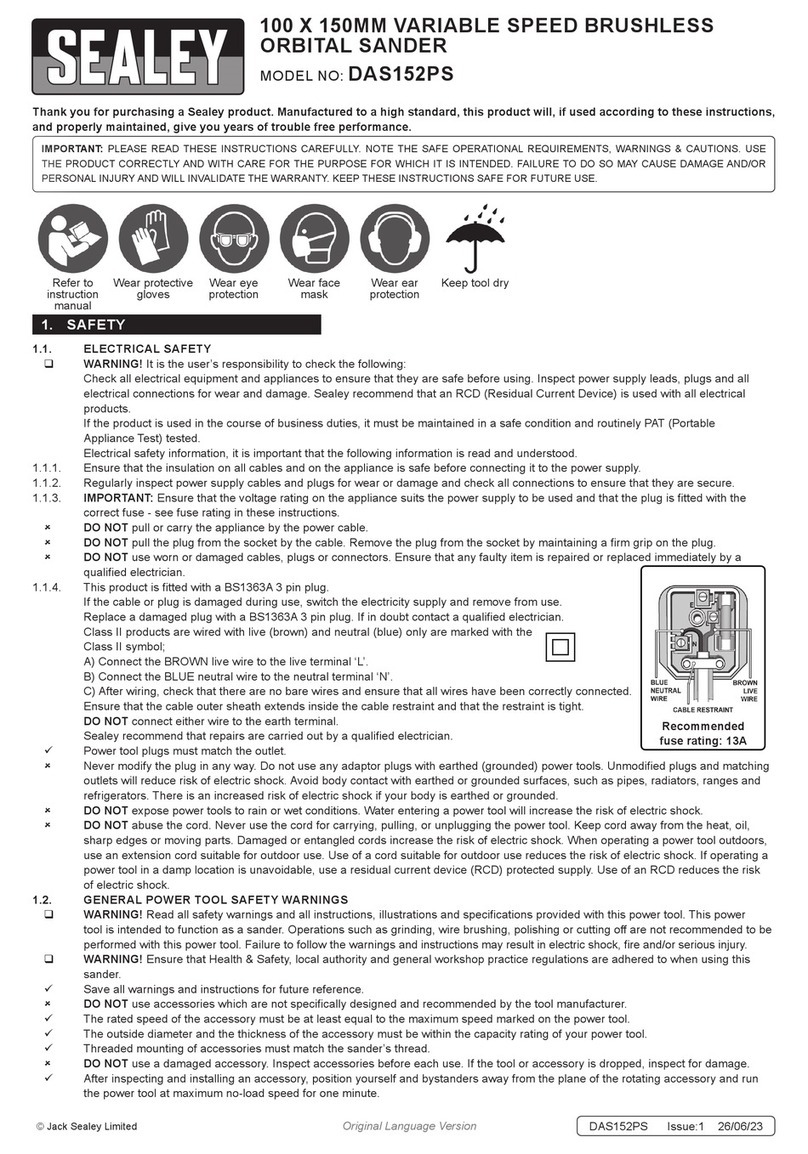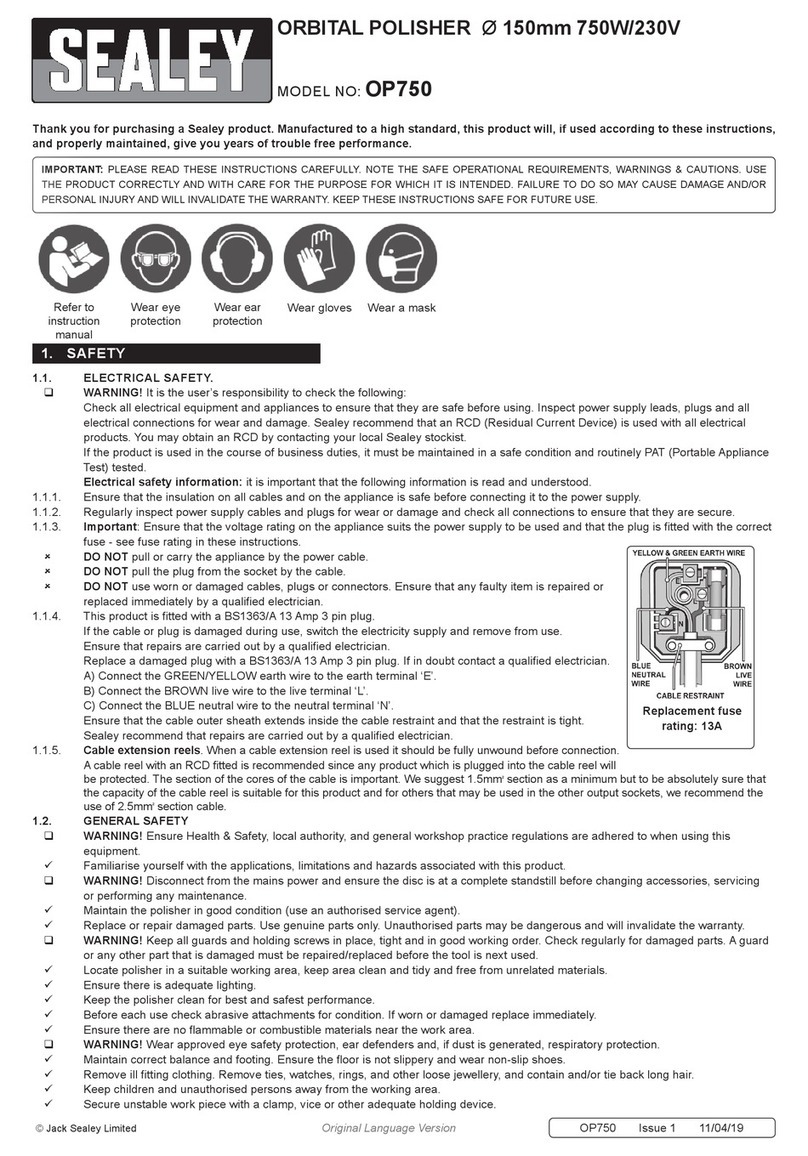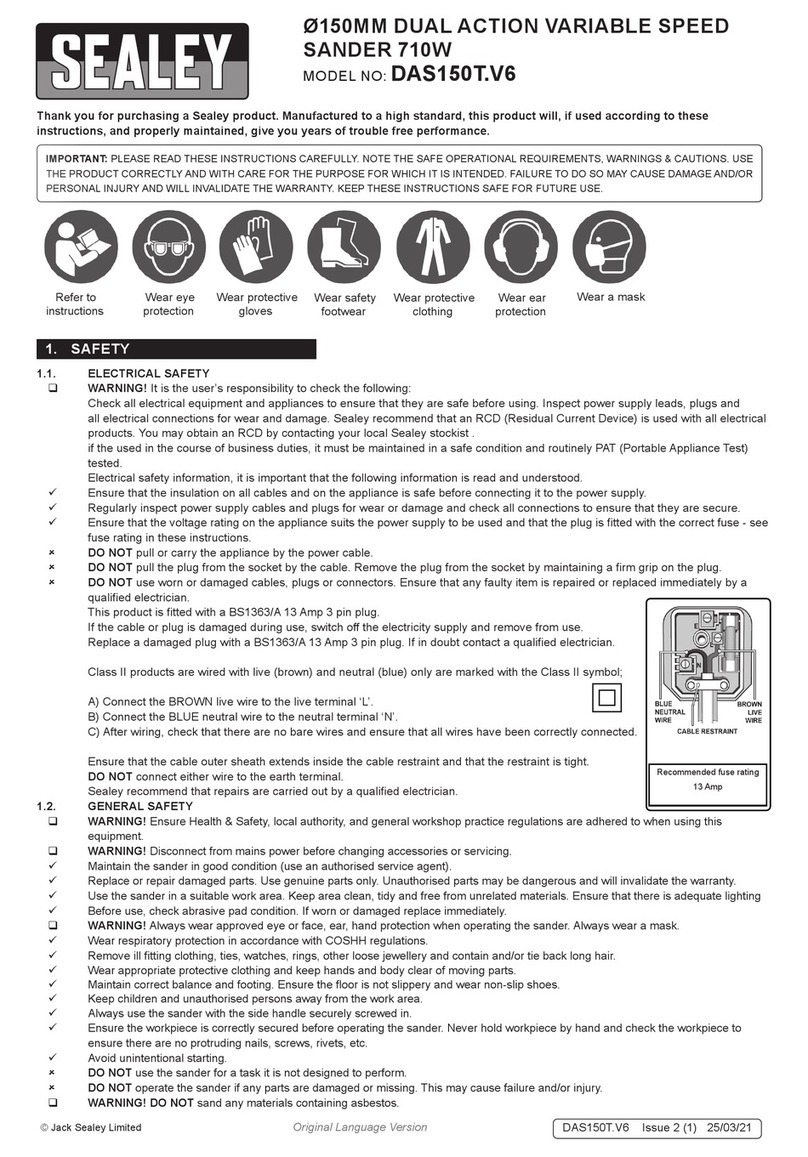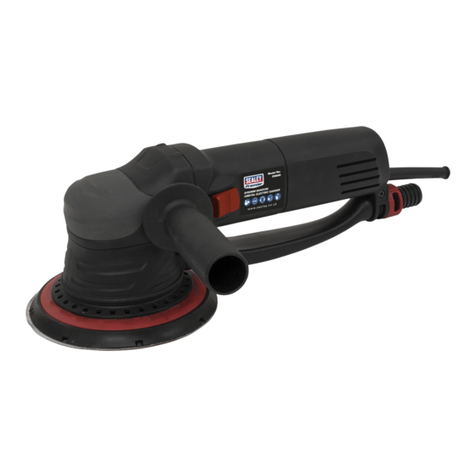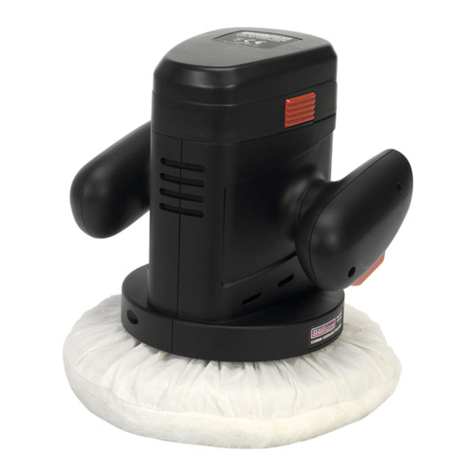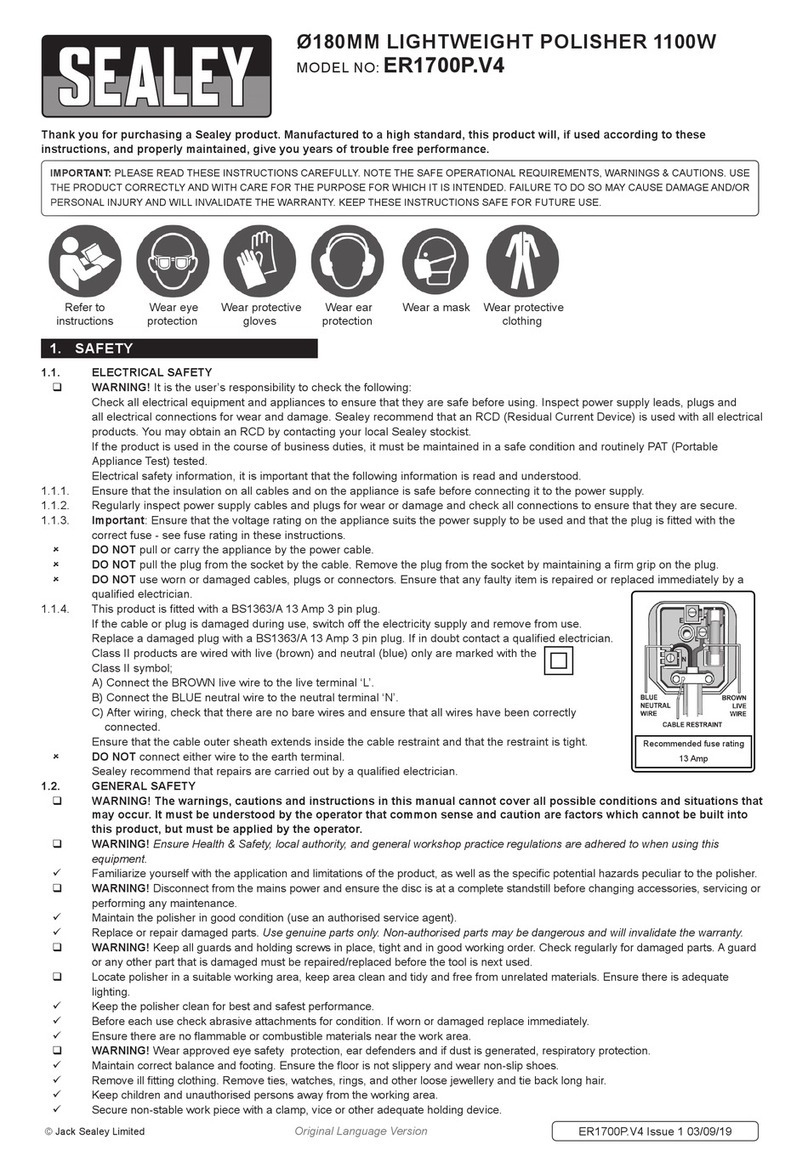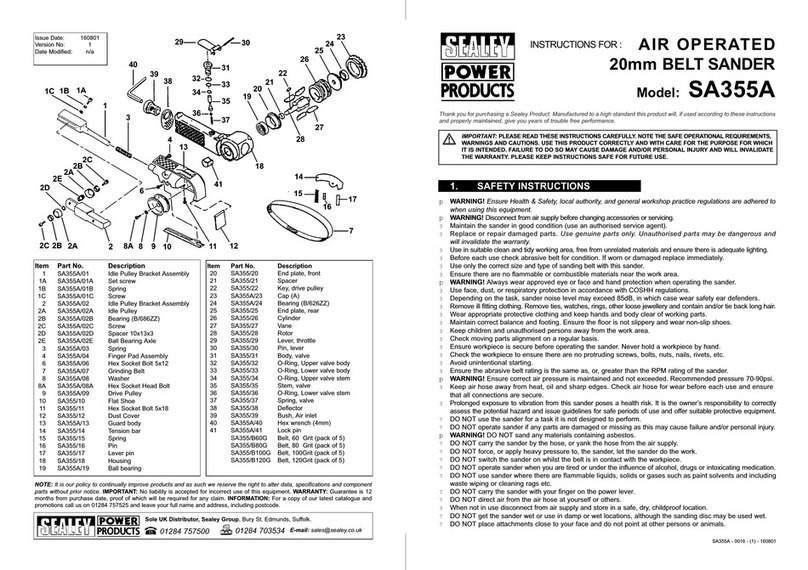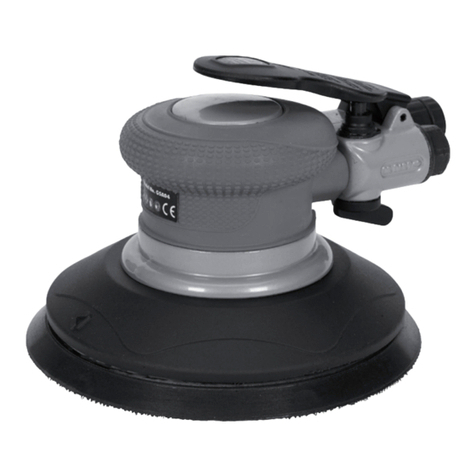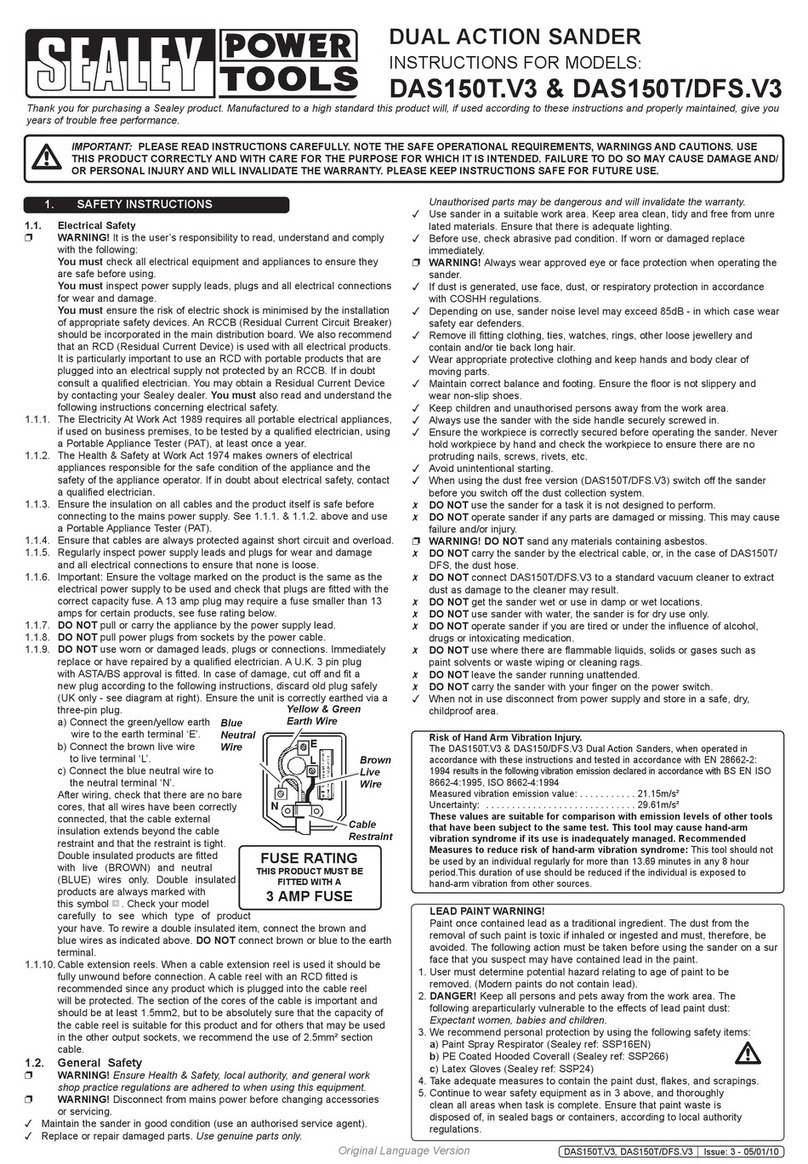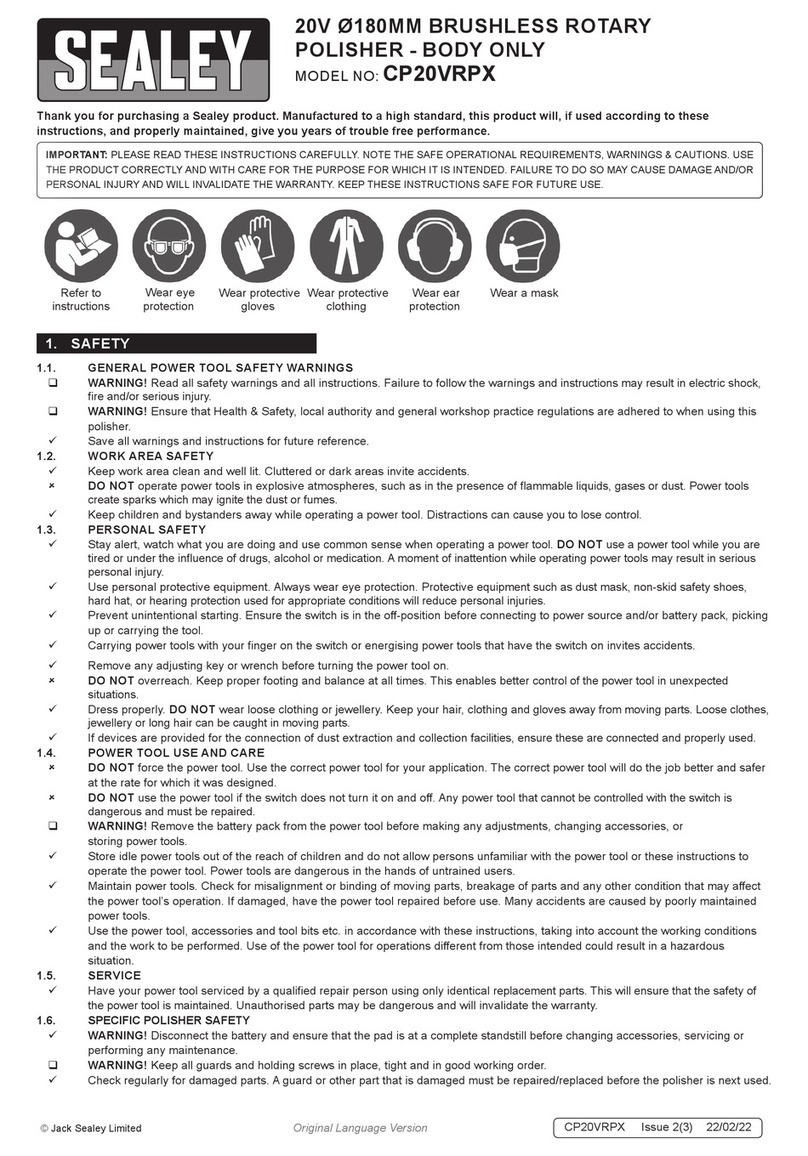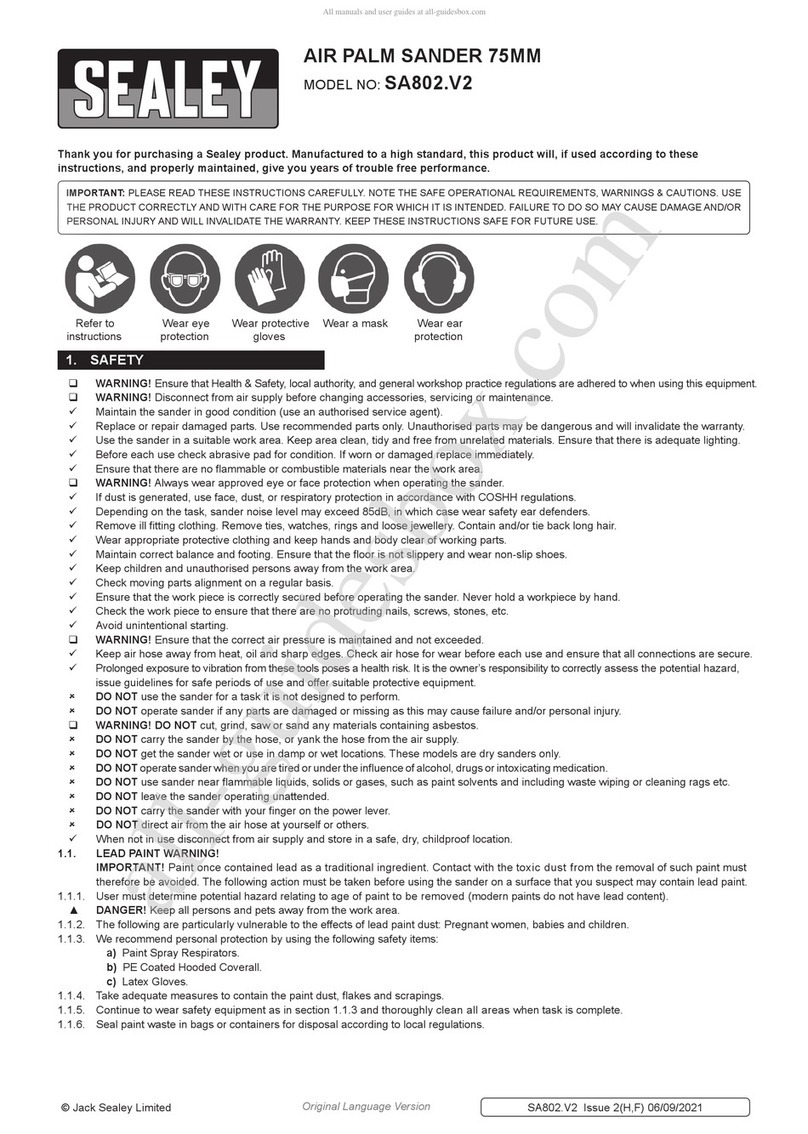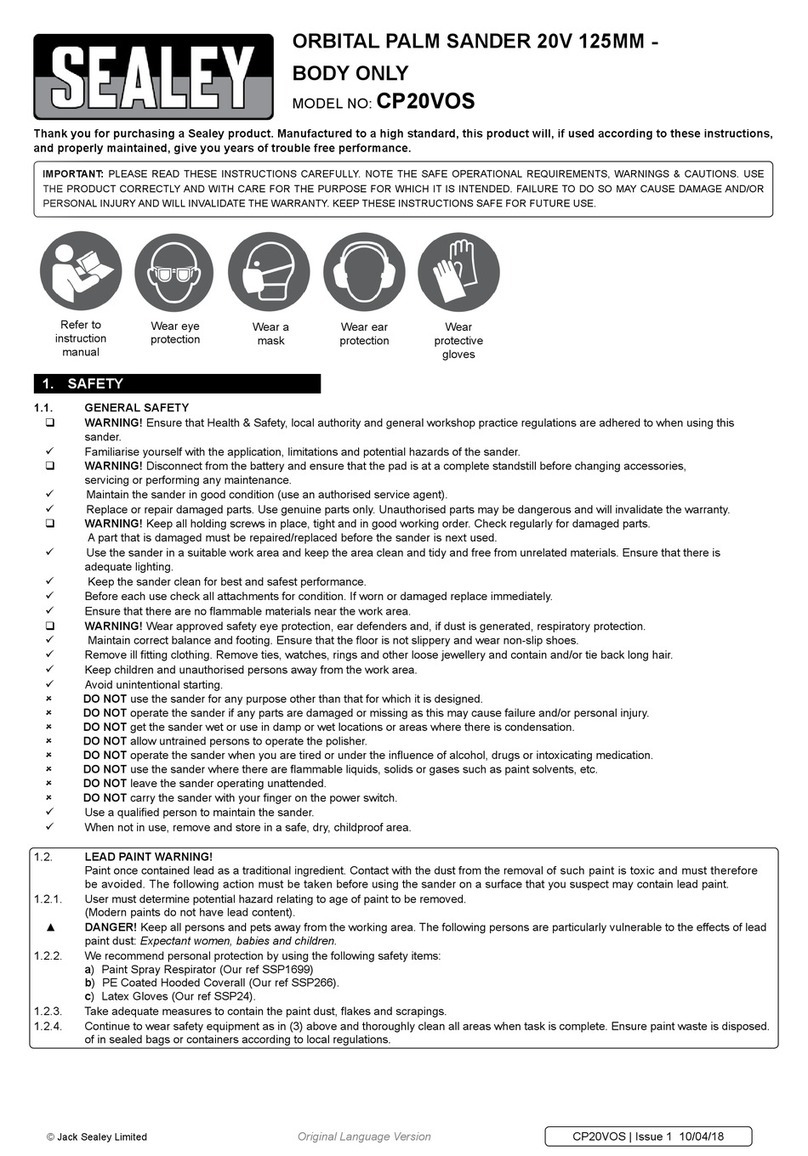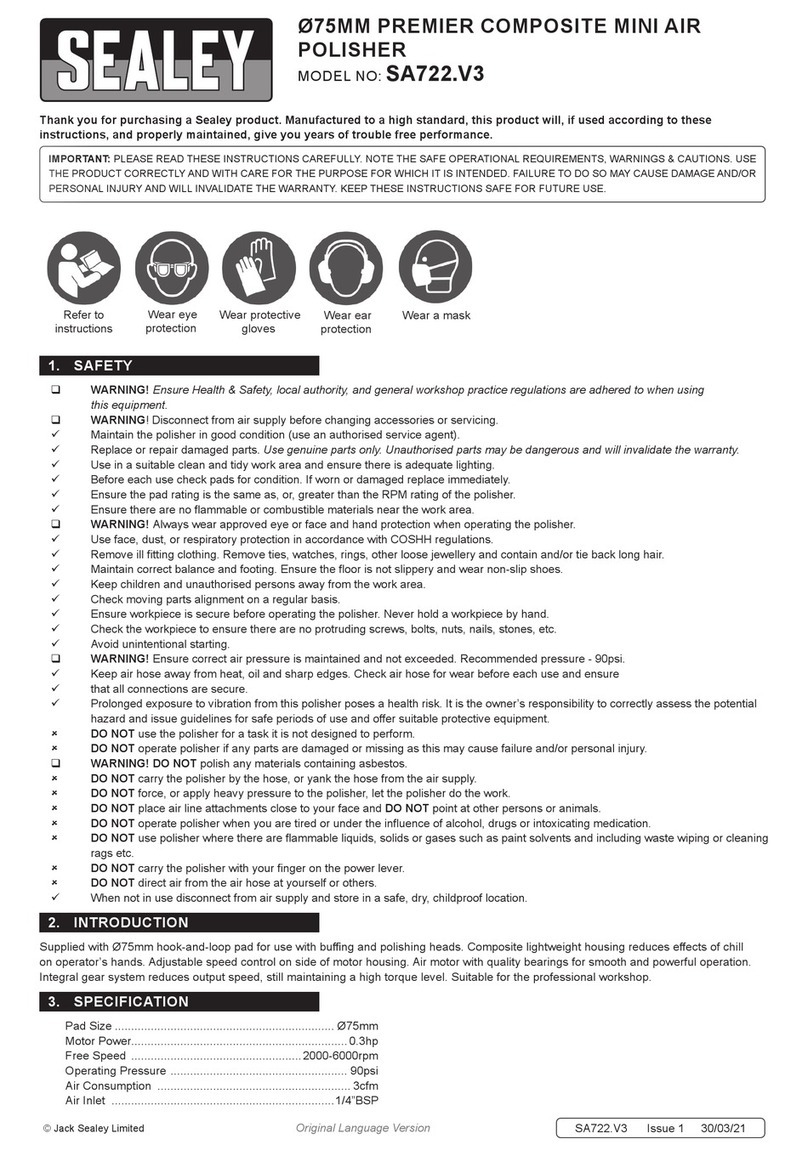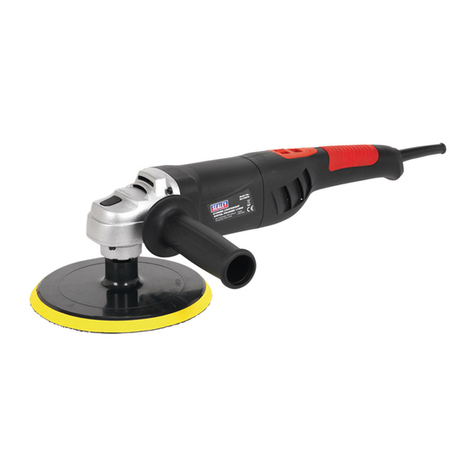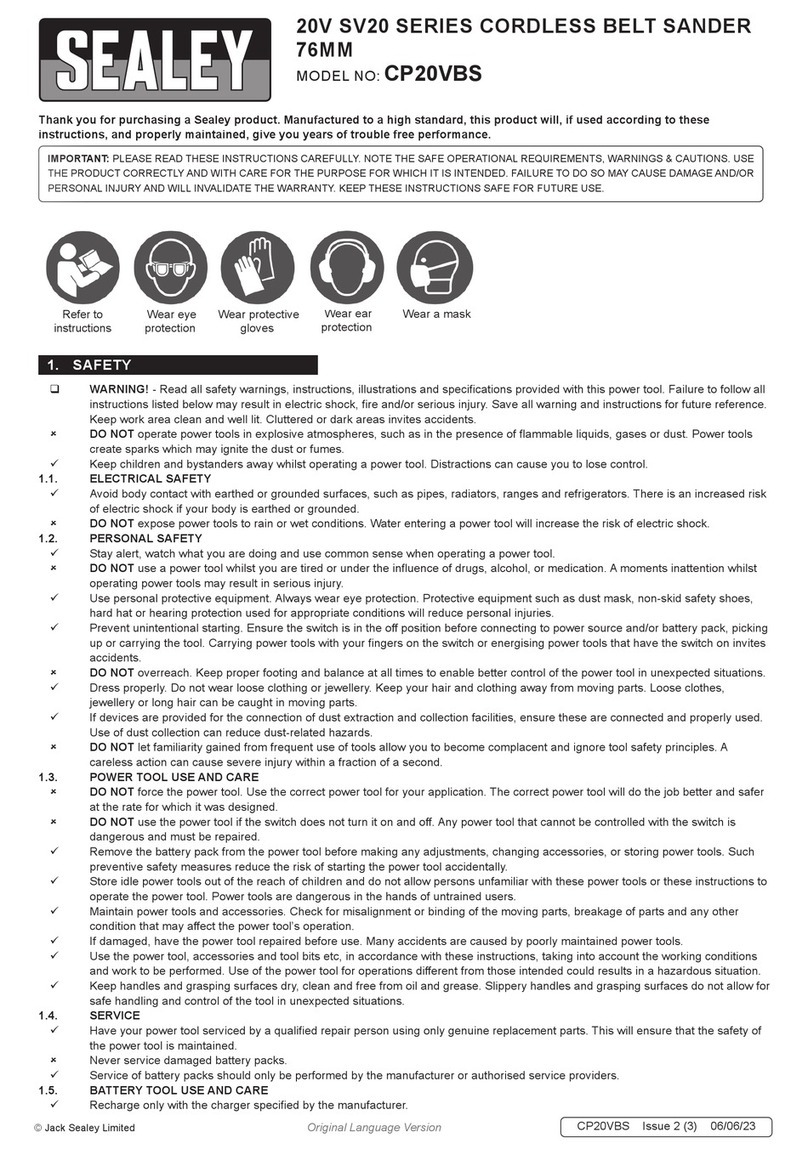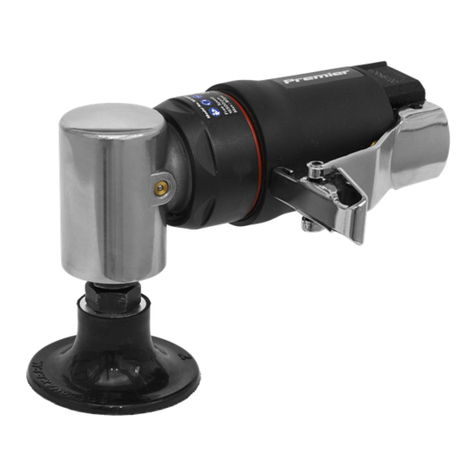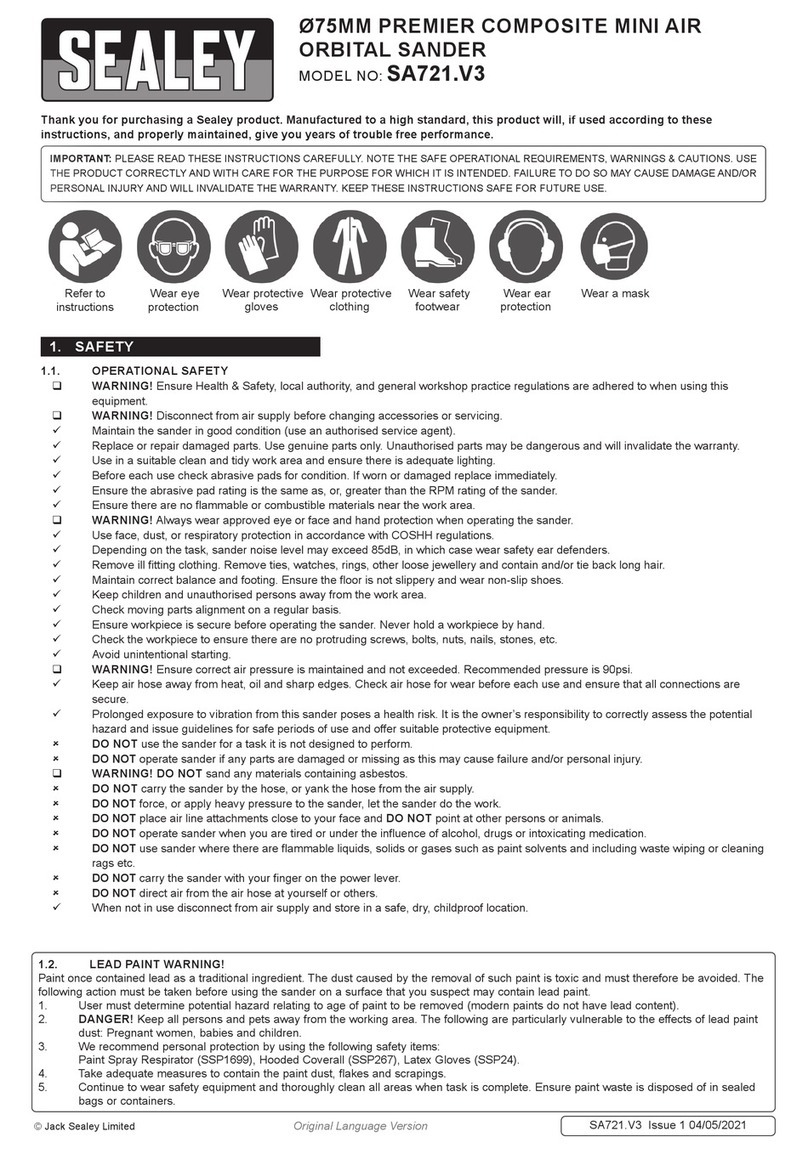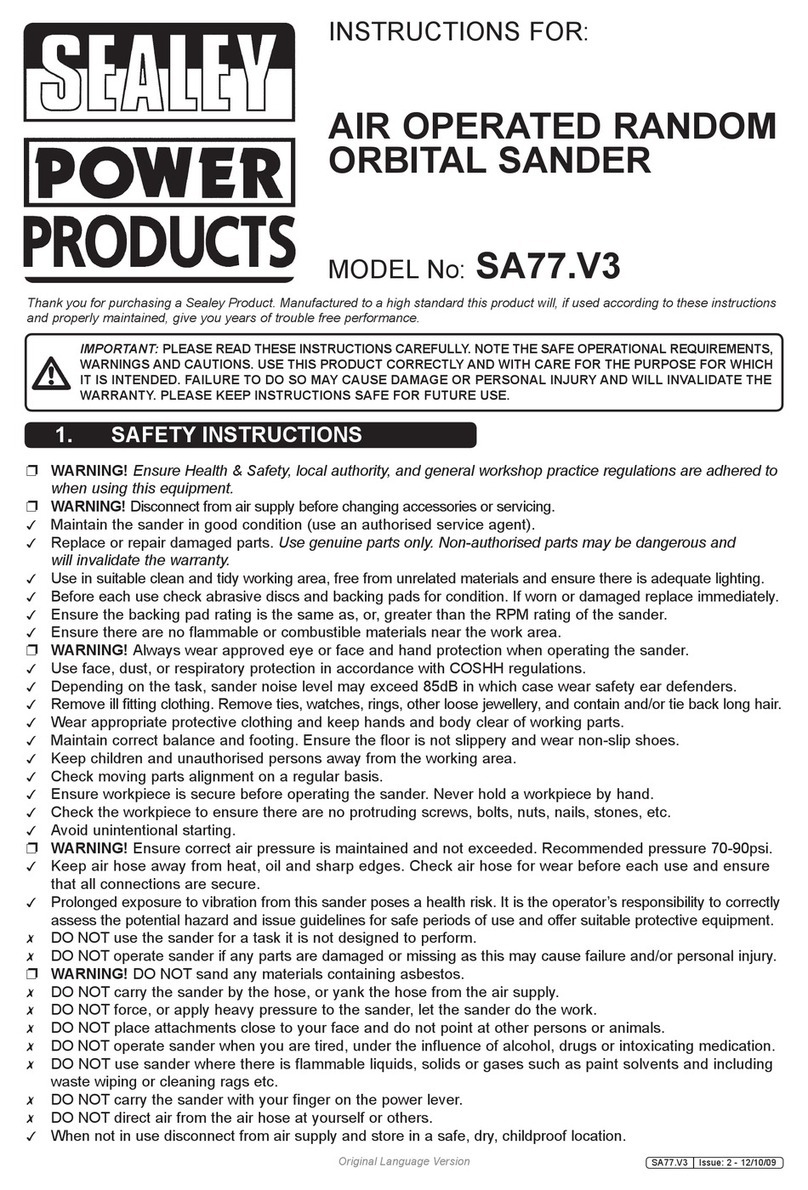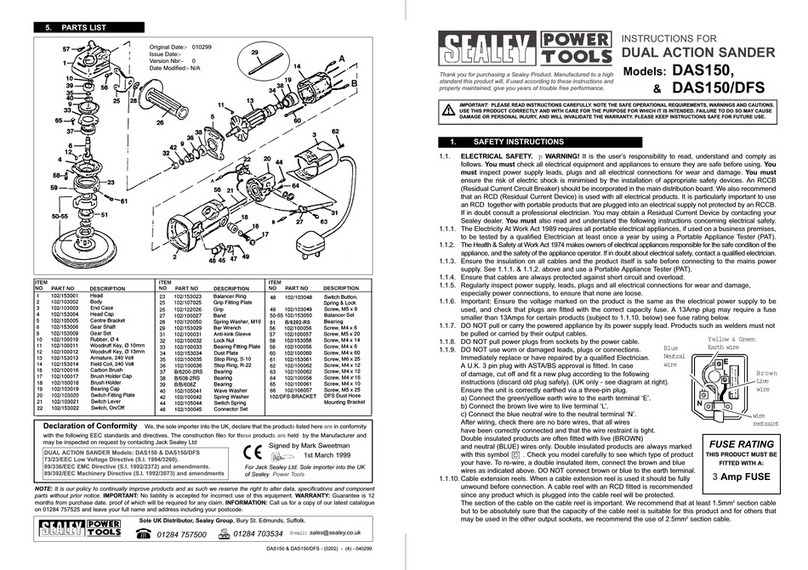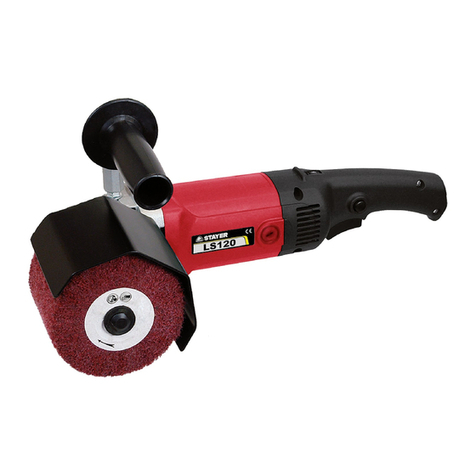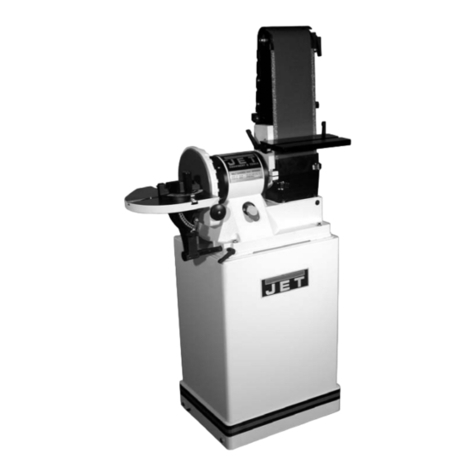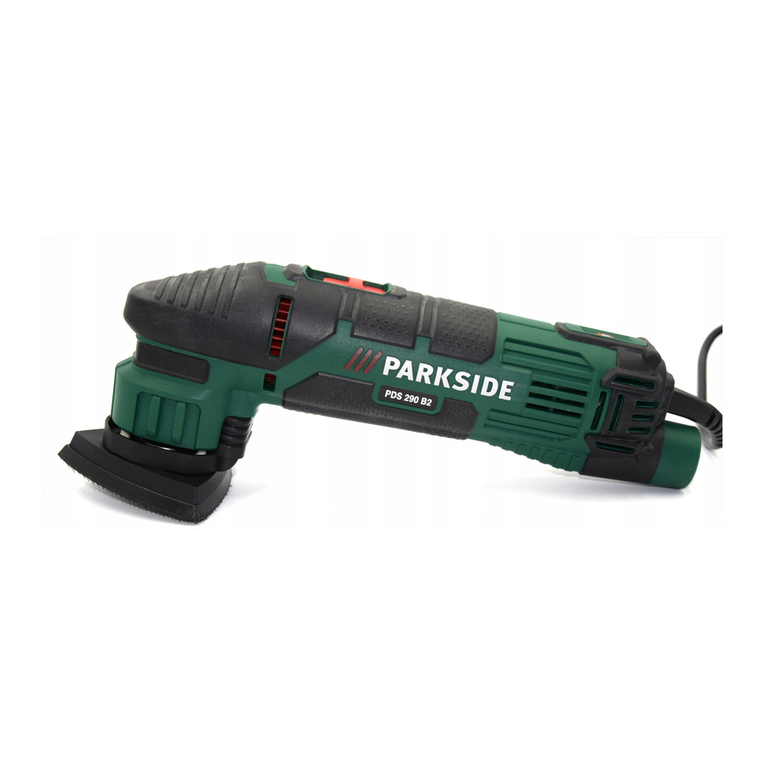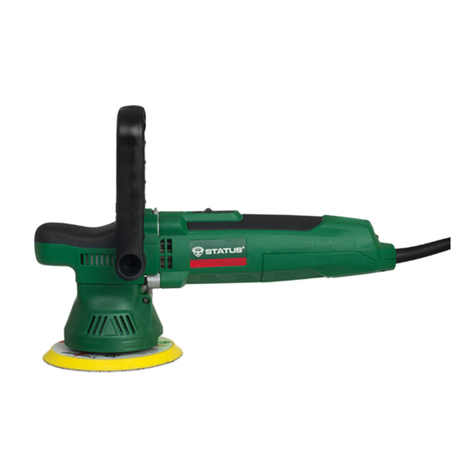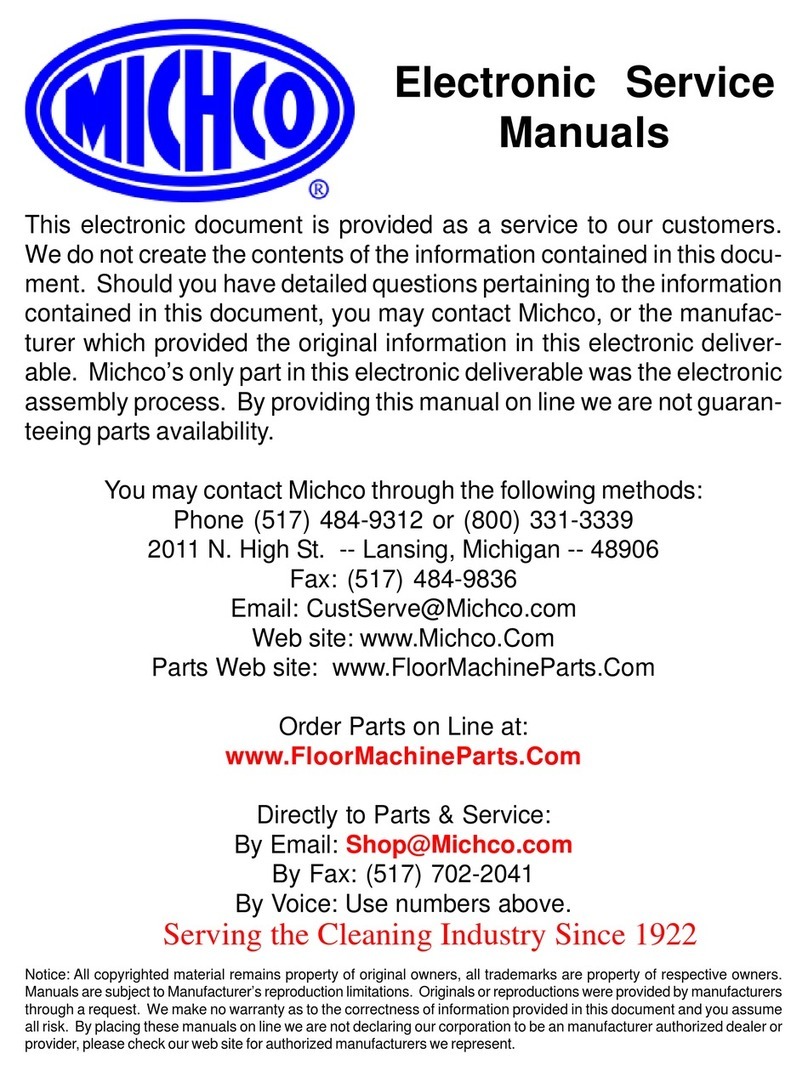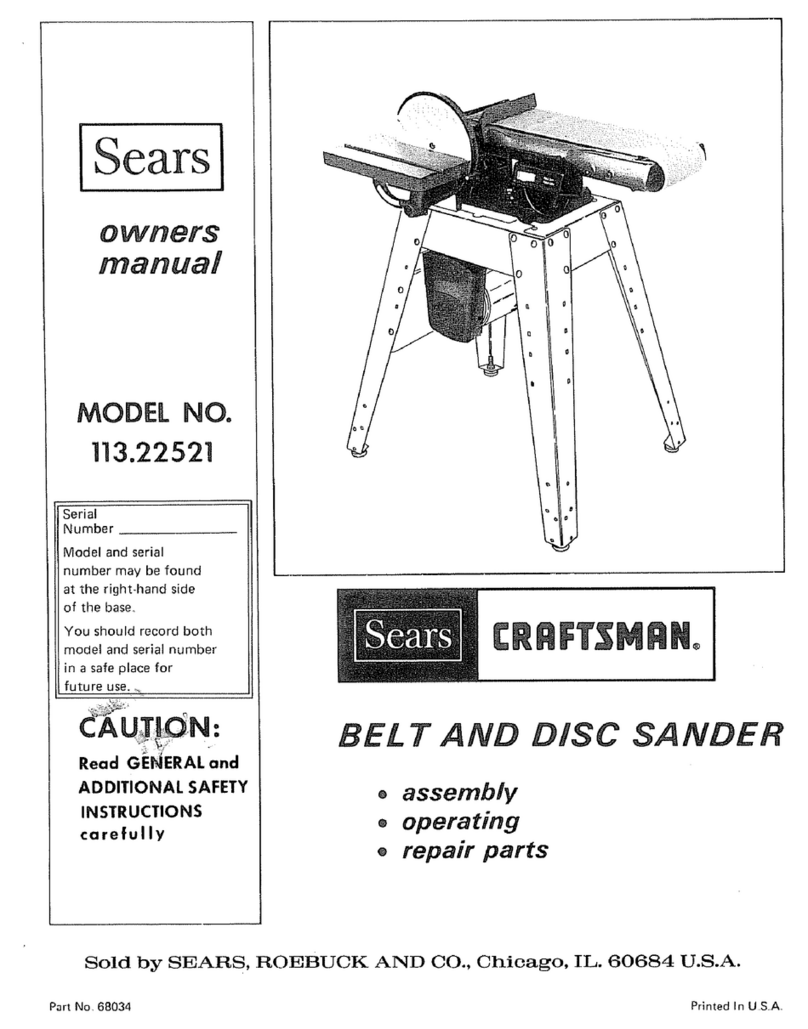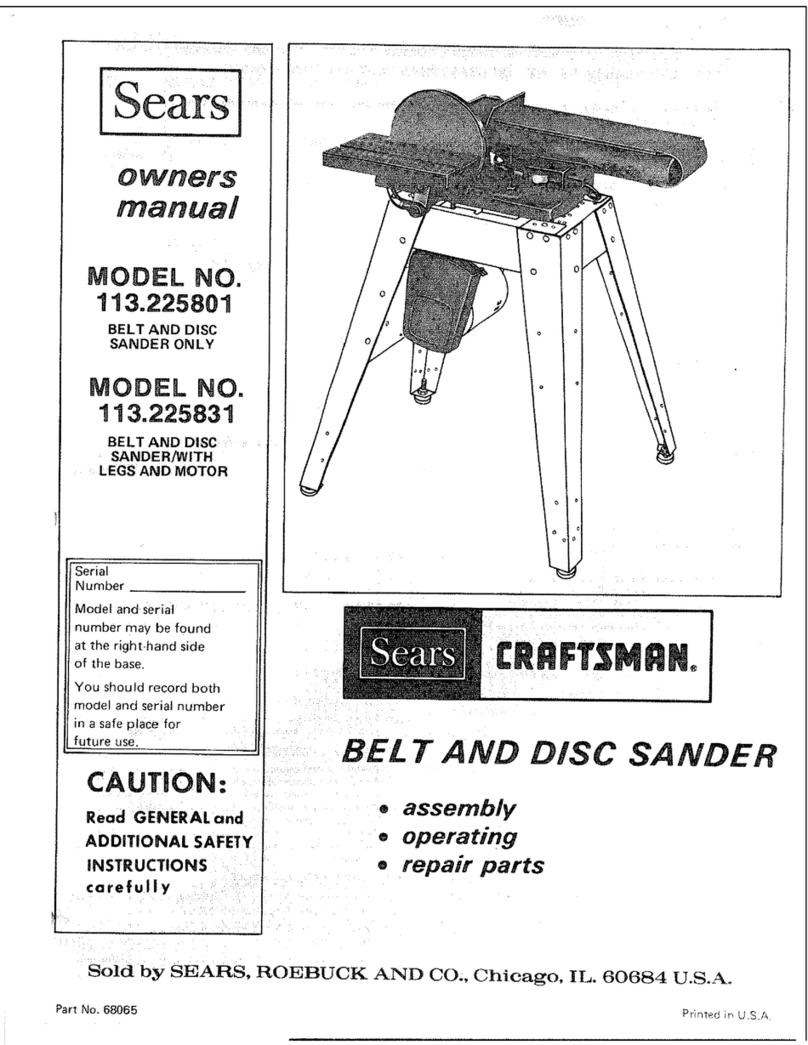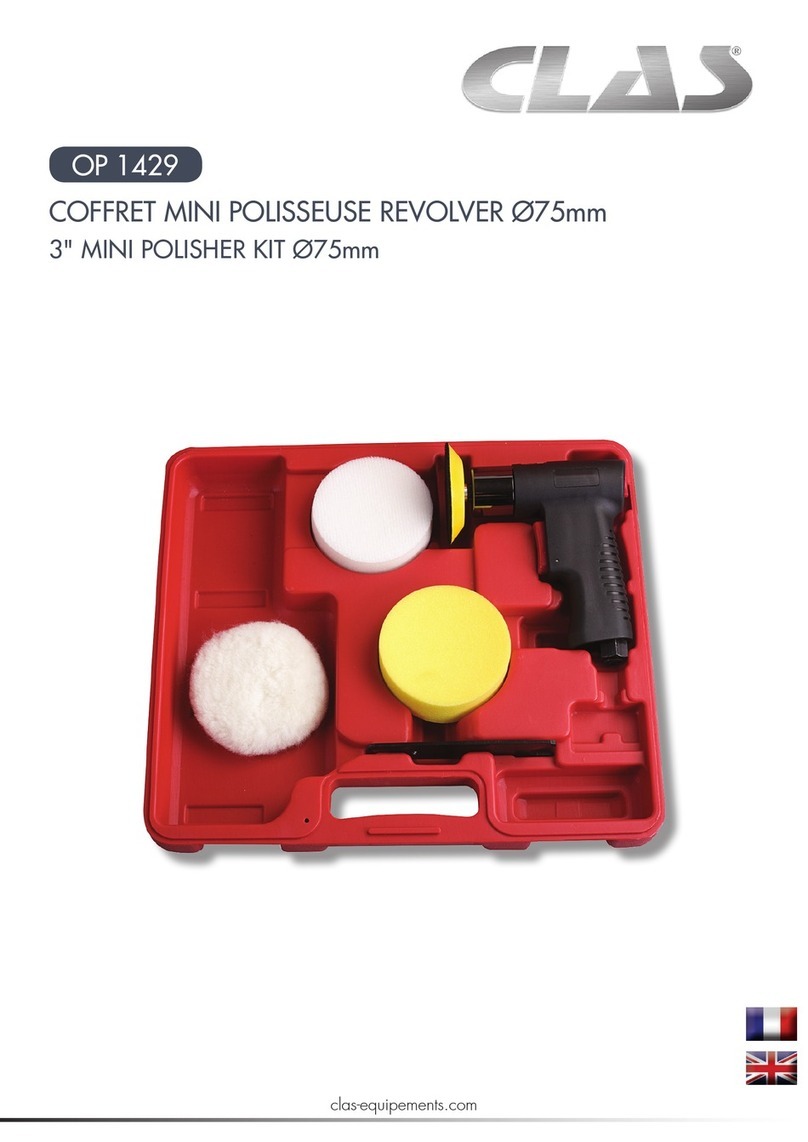
Thank you for purchasing a Sealey Product. Manufactured to a high standard this product will, if used according to these instructions
and properly maintained, give you years of trouble free performance.
IMPORTANT: PLEASE READ THESE INSTRUCTIONS CAREFULLY. NOTE THE SAFE OPERATIONAL
REQUIREMENTS, WARNINGS AND CAUTIONS. USE THIS PRODUCT CORRECTLY AND WITH CARE FOR THE
PURPOSE FOR WHICH IT IS INTENDED. FAILURE TO DO SO MAY CAUSE DAMAGE AND/OR PERSONAL INJURY
AND WILL INVALIDATE THE WARRANTY. PLEASE KEEP INSTRUCTIONS SAFE FOR FUTURE USE.
1. SAFETY INSTRUCTIONS
WARNING! Ensure Health & Safety, local authority and general workshop practice regulations are adhered to
when using this equipment.
WARNING!Disconnect from air supply before changing accessories or servicing.
Maintain the sander in good condition (use an authorised service agent).
Replace or repair damaged parts. Use genuine parts only. Unauthorised parts may be dangerous and
will invalidate the warranty.
Use in a suitable, clean and tidy work area. Ensure that there is adequate lighting.
Before each use check abrasive pad for condition. If worn or damaged replace immediately.
Ensure that the correct abrasive pad size is used.
Ensure that there are no flammable or combustible materials near the work area.
WARNING! Always wear approved eye or face and hand protection when operating the sander.
Use face, dust, or respiratory protection in accordance with COSHH regulations.
Depending on the task, sander noise level may exceed 85dB in which case wear safety ear defenders.
Remove ill fitting clothing. Remove ties, watches, rings and other loose jewellery. Contain and/or tie back
long hair.
Wear appropriate protective clothing and keep hands and body clear of working parts.
Maintain correct balance and footing. Ensure the floor is not slippery and wear non-slip shoes.
Keep children and unauthorised persons away from the work area.
Ensure that workpiece is secure before operating the sander. Never hold a workpiece by hand.
Check the workpiece to ensure that there are no protruding screws, bolts, nuts, nails, stones, etc.
Avoid unintentional starting.
WARNING! Ensure correct air pressure is maintained and not exceeded. Recommended pressure is 70-90psi.
Keep air hose away from heat, oil and sharp edges. Check air hose for wear before each use and ensure
that all connections are secure.
Prolonged exposure to vibration from this sander poses a health risk. It is the owner’s responsibility to
correctly assess the potential hazard and issue guidelines for safe periods of use and offer suitable protective
equipment.
DO NOT use the sander for a task it is not designed to perform.
DO NOT operate sander if any parts are damaged or missing as this may cause failure and/or personal injury.
WARNING! DO NOT sand any materials containing asbestos.
DO NOT carry the sander by the hose, or yank the hose from the air supply.
DO NOT force, or apply heavy pressure to the sander. Let the sander do the work.
DO NOT place air attachments close to your face and DO NOT point at other persons or animals.
DO NOT operate sander when you are tired or under the influence of alcohol, drugs or intoxicating medication.
DO NOT use sander where there are flammable liquids, solids or gases such as paint solvents and including
waste wiping or cleaning rags etc.
DO NOT carry the sander with your hand on the trigger.
DO NOT direct air from the air hose at yourself or others.
When not in use disconnect from air supply and store in a safe, dry, childproof location.
INSTRUCTIONS FOR:
AIR OPERATED FLAT BED SANDER
MODEL No: SA22.V3
Original Language Version SA22.V3 Issue: 5(SP) 05/01/14
© Jack Sealey Limited
